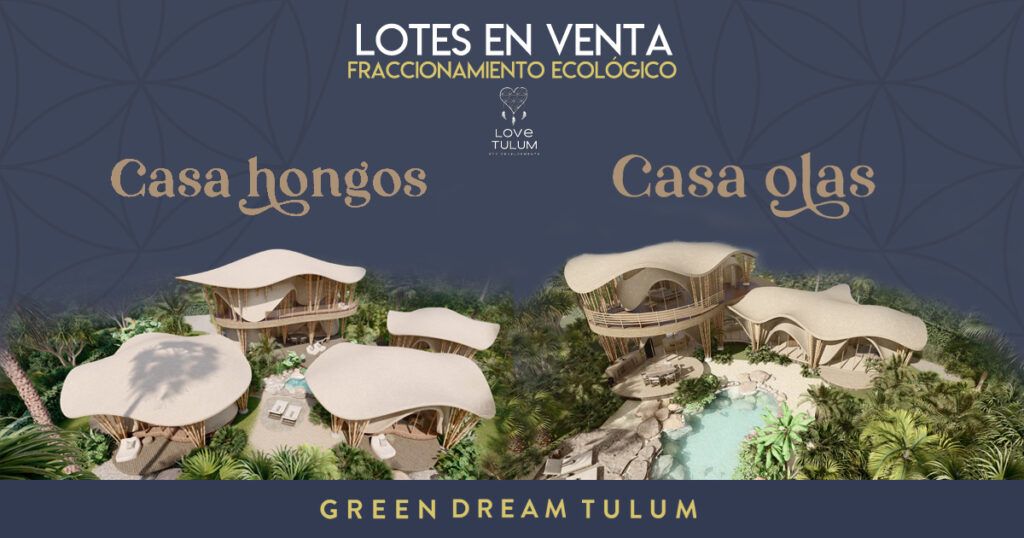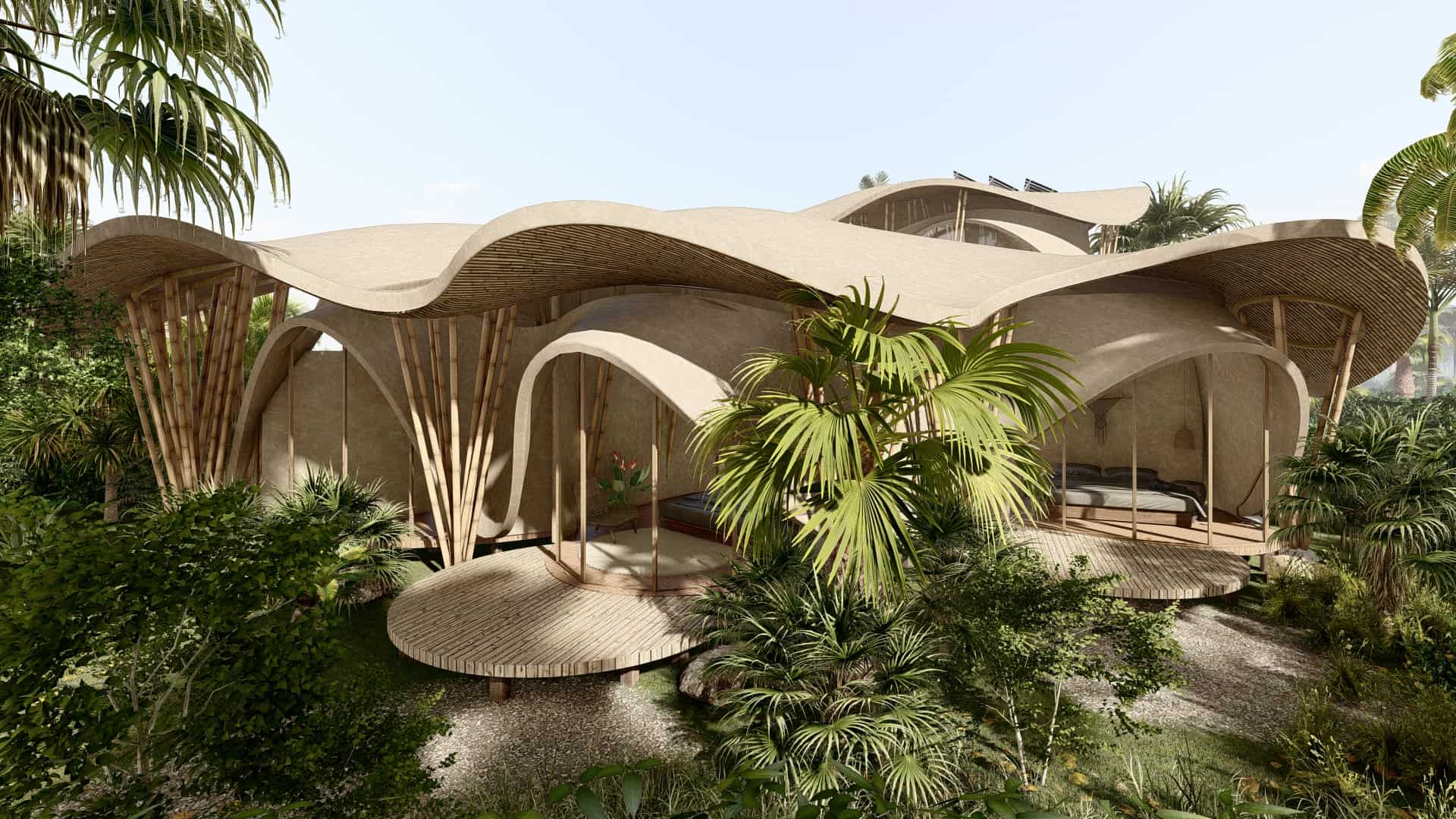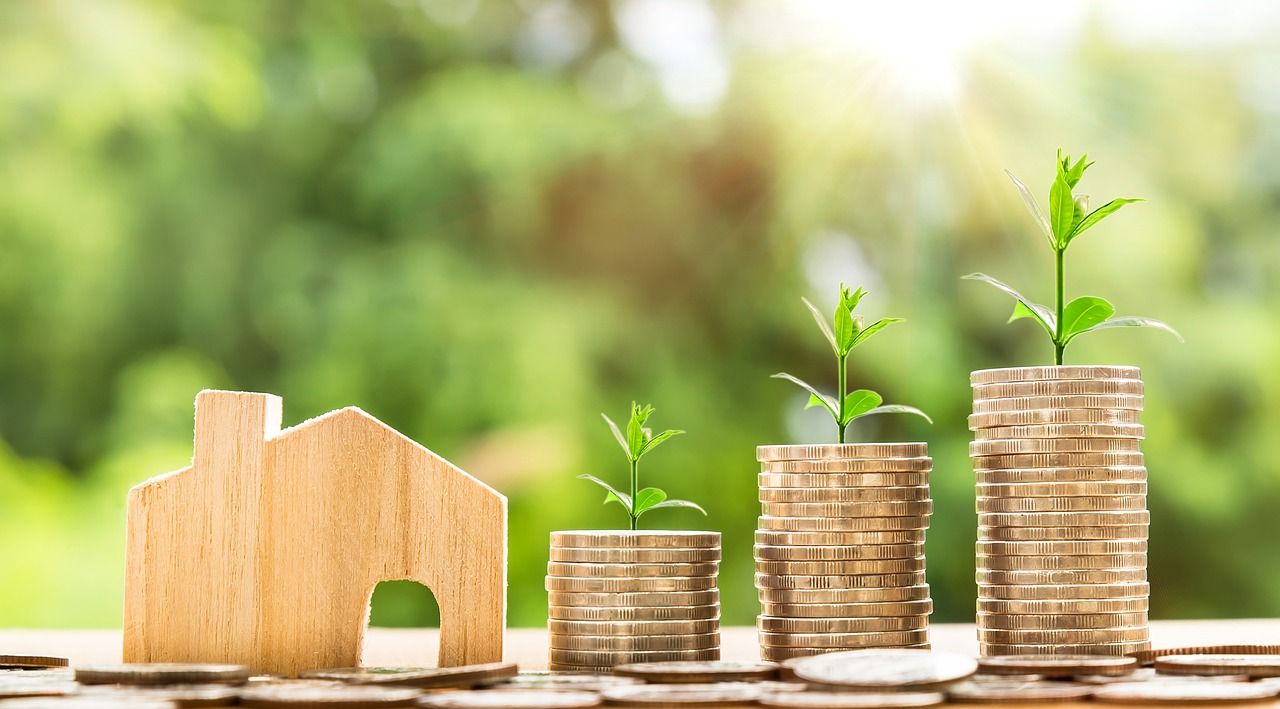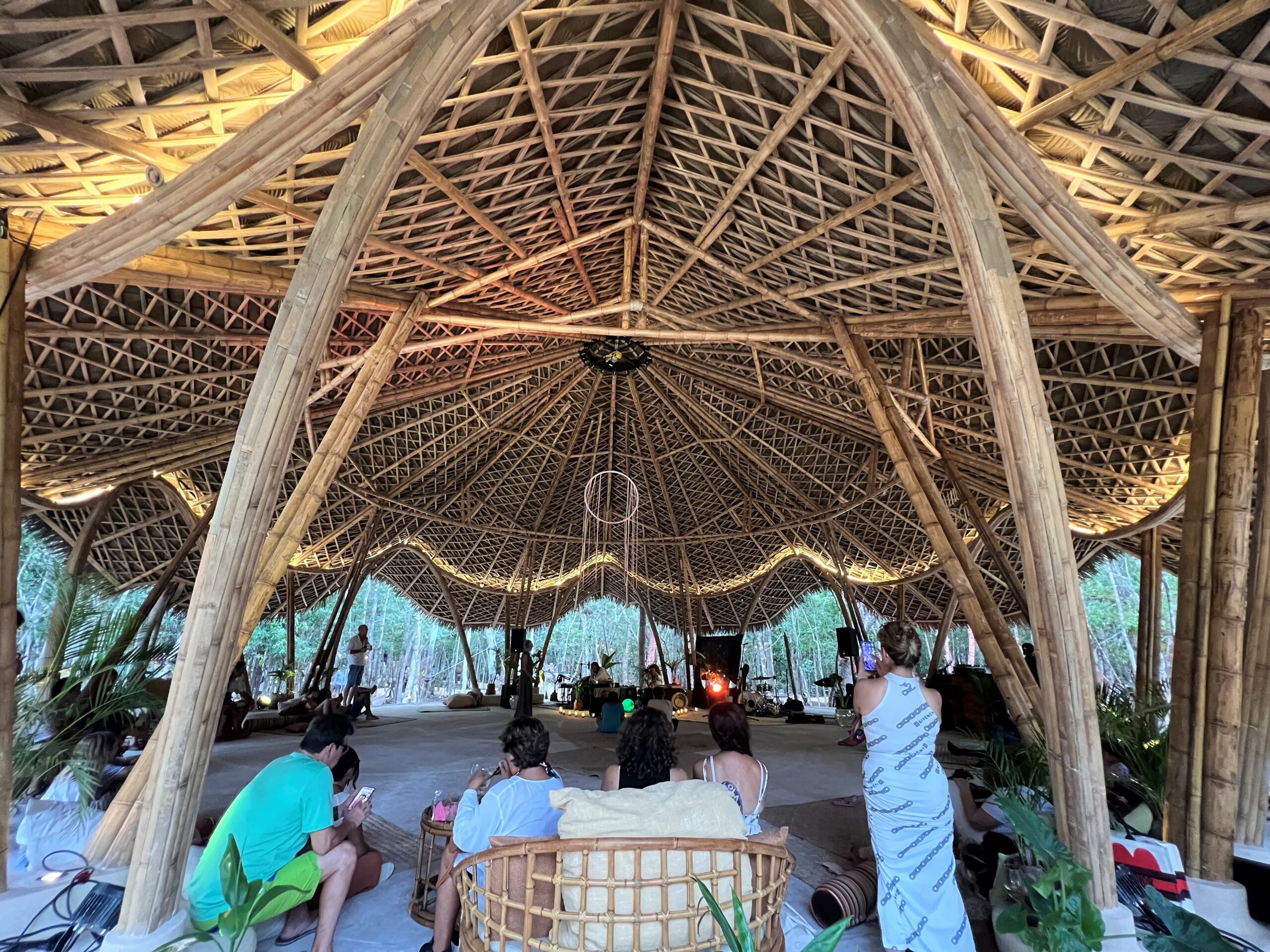The purpose of this blog is for you to know that, like all types of construction, bioconstruction can also be affected by different circumstances, such as the weather. For this reason, we present here the solutions that we have found with our innovative house designs.

1.-Temperature:
In hot climates, it is important to ensure that bioconstructed buildings have good ventilation and natural shade to keep the internal temperature comfortable.
In cold climates, it may be necessary to use insulation materials and construction techniques to keep heat inside the building.
Our houses easily adapt to climates due to their finishes with natural earth and mixes with lime, since the earth is capable of retaining or expelling the necessary humidity to remain in accordance with the climate and resistant to inclement weather.
2.-Humidity:
In humid climates, it is important to ensure that bioconstructed buildings are well ventilated to prevent moisture buildup and prevent mold problems.
For our houses we use different bioconstruction techniques and we choose the most suitable according to the region.
The combination of natural earths, lime and other elements are constantly being improved in order to be resistant to humidity and any damage that it may cause.
3.-Wind: in climates with strong winds, it is important to take into account the design of the building to ensure that it is resistant to the wind and is not damaged by it.
From the design our houses have organic forms without screens with which the wind collides and generates problems in the structure, our structures are more fluid in relation to the natural geometry. The bamboo structure that supports our houses makes them as resistant as the iron, in addition to its shape and the bioconstruction technique of parametric architecture with plump bamboo, covered with lime and clay that allow us to have greater resistance to hurricane winds in the region, as well as high environmental comfort.
4.-Rain: in climates with abundant rainfall, it is important to ensure that bioconstructed buildings are designed to handle rain adequately and avoid infiltration problems.
The roofs of our houses maintain a design that is proof against the accumulation of water, so that it flows naturally until it reaches the ground, we create a structure in harmony with nature.
All our information is supported by various studies carried out by the architect Jaime Peña, creator of both house models, of which you can also learn more information and experience here.
Thanks for reading, we hope you have learned something new about green building, in general, it is important to take local climatic conditions into account when designing and constructing green buildings to ensure their durability and efficiency.
Contact us for more information.





